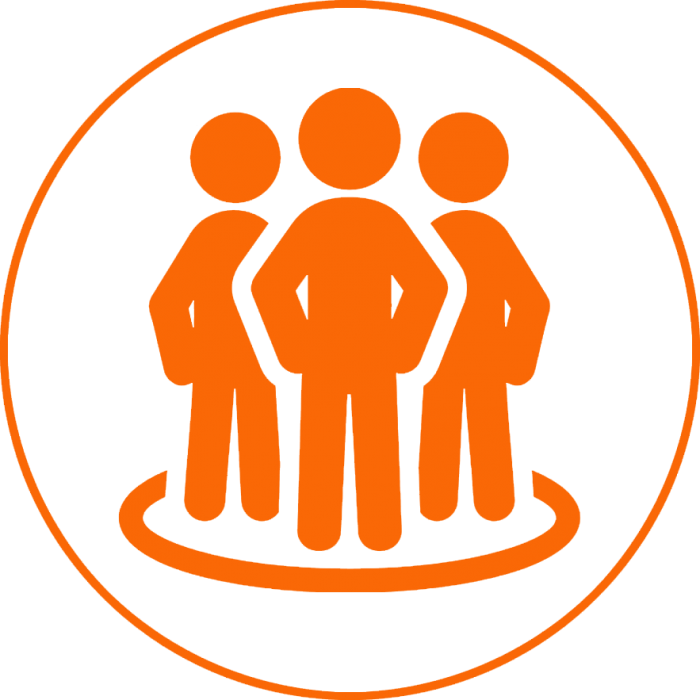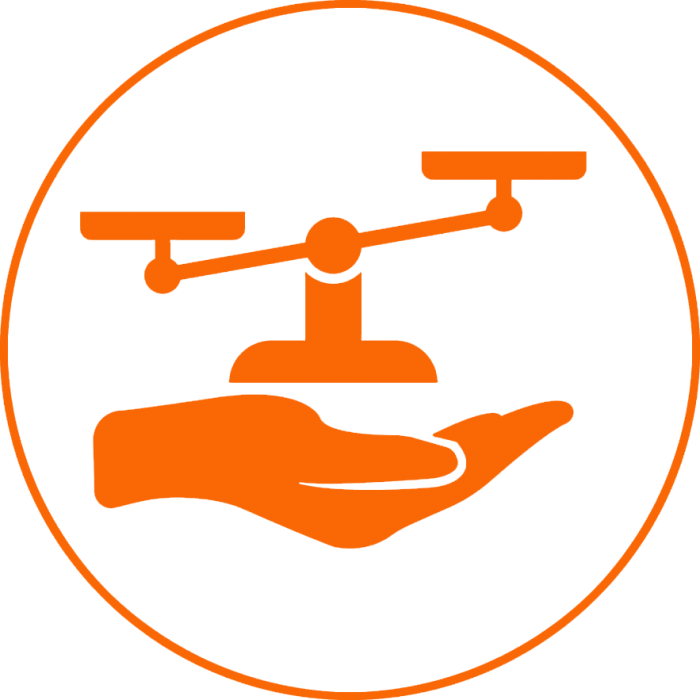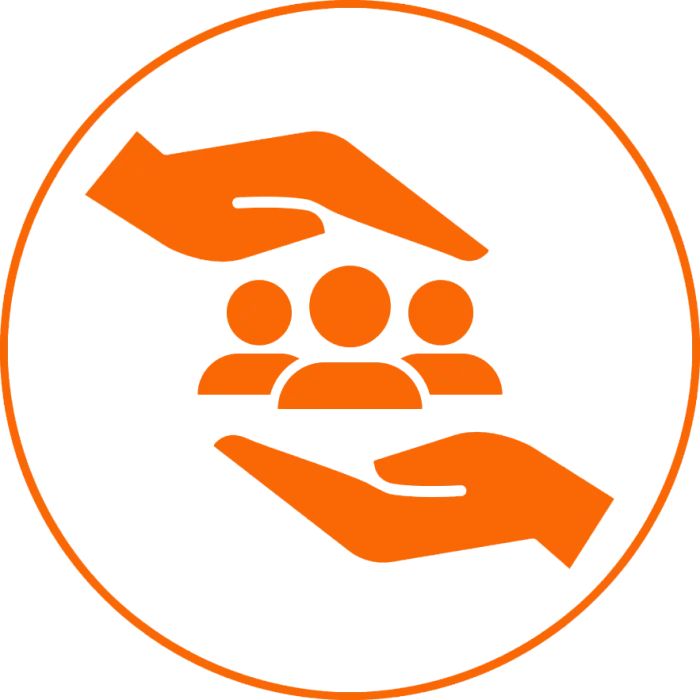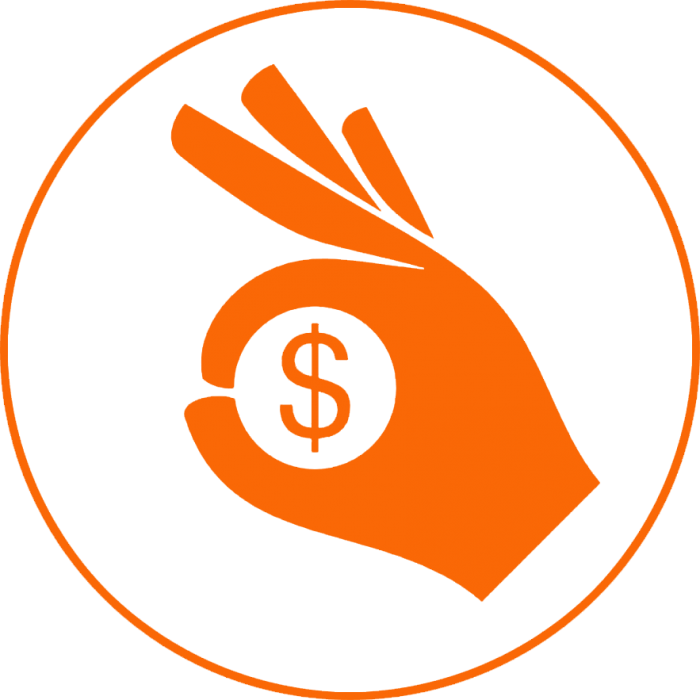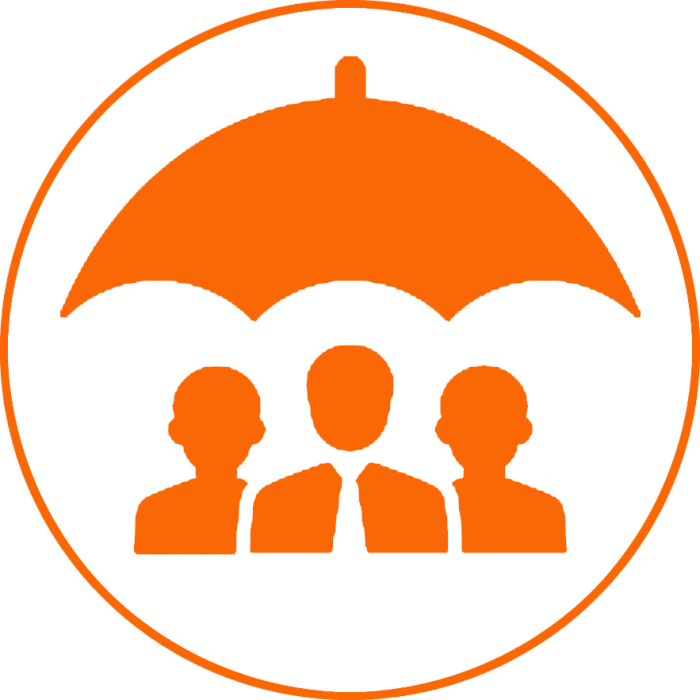We have tried to answer the most frequently asked questions by customers. Hopefully, if you have any questions, you can find the answer here.
How difficult is the trek?
The difficulty depends on where and how long you want to trek. The short trek is easy, while the long trek requires some physical fitness.
How can I choose the right trekking route?
Choosing the right walking grade is key to your enjoyment in terms of your ability and comfort level. Please refrain from choosing a vacation beyond your physical ability or well below your normal ability unless you are happy at a slow pace. Whatever suits you, we have a fantastic selection of holidays to match your unique abilities and sense of adventure. Consult with our expert if necessary.
What is altitude sickness?
Altitude sickness is normally known as acute mountain sickness. This can happen when people rapidly climb up to an altitude of more than 3000 meters. We ensure minimal risk by adding rest to our trekking itineraries. Most people will feel some effects of altitude, some shortness of breath, and possibly a light headache; this is normal enough. Acute mountain sickness patients are quite different and usually have serious headaches, sickness, and loss of awareness. In almost all possible cases, there are sufficient warning signs to take action properly. Descending to a lower altitude is usually enough to prevent any further problems.
Do I need a visa to enter Nepal, and how can I get it?
Yes, you need a visa for travelling to Nepal and can get it before departing from your country or at Kathmandu Airport. For more details, please visit the Department of immigration page.
Do I need travel insurance?
Travel insurance will ensure your safety and security during the trip. Travel insurance with maximum medical coverage is essential for all trips to Nepal to minimize risk.
How can I book a trip with you?
First, choose a trip that suits you best to travel with us, and click Book Now. A form will open, and all your details will have to be sent to us via the form. Then, to confirm the booking, 20% of the total amount will have to be sent to our bank account, and bank account details are available on our website. For more information, feel free to contact us by email at info@odysseytreksnepal.com or info.odysseytreks@gmail.com.
How big are the groups?
To operate group-joining fixed-departure trips, we need a minimum of two persons, but for private trips, no minimum and maximum apply. You can travel with us, whether you are alone or with a large group. But remember that according to the rules of the government, trekking to a restricted area requires a minimum of two people.
Can you arrange for a private trip?
Yes, we do. If you would like to travel alone, with your friends, or with your family at your leisure, we will arrange it for you. We have experienced and helpful guides and porters who will help make your trip easy and fun. The cost depends on the size of your group, the trekking area, the trekking duration, and the type of trekking.
How do I know if the company has confirmed my booking?
Once you send us the required documents and advance payment, we will send you a confirmation email. The mail we send will be legally valid to make sure the booking is between you and us. We will also send you a copy of the voucher collected in advance of your advance payment.
What are your booking and payment conditions?
If you fill out a booking form and deposit 20% of the total cost in our bank account, the booking is considered confirmed. You can pay the balance amount by cash, credit card, or bank transfer after you arrive in Nepal.
Do you accept debit or credit cards?
Yes, we accept Visa or Master Debit/Credit cards, but you will have to pay an extra 4% as bank charges on your card transactions. Please note that for booking confirmation, we will only accept bank transfers and not debit or credit cards.
Is there anyone to meet us at the airport upon arrival?
Yes, a representative from our office will be at the airport with a banner with your name on it. You will then be transferred to your hotel by our representative. After that, you will be invited to our office, or we can visit your hotel, where you will meet with your guide, and the trip briefing will be done.
What kind of transport do you provide?
We provide private transportation for all of your trips. But if anyone wants to experience the local bus, we provide a local bus as well. Most transport is included in the cost.
Do you arrange domestic and international flights?
Yes, we arrange all kinds of domestic and international flights. Remember us for reliable and reasonable air tickets.
Is the tipping included in the cost, and if not, how much will I budget?
Tips are not included in your costs. The tips depend on your budget and your appreciation of their work. Some trekkers give 10% of the total trip cost.
What type of accommodation is available during the trek?
There are mainly tea houses and lodges available for trekking, and they are usually made using local materials and are very comfortable. These accommodations are often family-run and usually provide single and double rooms. The dining room is on the ground floor and is often on fire. All food will be cooked in order in the family kitchen. Toilet facilities are sometimes separate and sometimes outside. Most lodges provide mattresses and blankets. It’s always a good idea to have a sleeping bag, which can come in handy, and possibly an inflatable pillow.
How long do we walk every day while trekking?
Trekking programs are classified into three different categories: soft, moderate, and hard. Soft treks are only about 7 to 10 days in duration. They generally do not go above 4000 meters; you can expect to walk about 4-5 hours each day. Moderate treks are challenging enough, as are long treks that go to the high hills. Physically exhausting, this involves trekking along the cliffs of the mountains for about 6–8 hours. Harder treks are longer treks that go farther away from the general abode of trekkers and tourists. These physically challenging treks involve walking for 7–9 hours each day.
Can I find a single room or share a room during the trek?
Single and shared rooms are available as you wish, but you will need to pay extra if you want to take a single room.
What permits do I need, and what fee do I have to pay?
If you are travelling to the Himalayan region and the higher national parks of Nepal, you will need permits called TIMS (Trekkers Information Management System) and a national park or conservation fee. Additional special permits are required for travelling to certain restricted areas of Nepal. Also, for peak climbing, you need to have a special climbing permit. The best way is to travel with an agency like us, and on your behalf, we handle everything, including all your permit processes.
What type of food is served during a trek?
At Tea House Treks, we provide a standard breakfast, lunch, and three-course dinner. A cup of tea or coffee will also be included with each meal. The food is usually plentiful and delicious; you have to be aware that the menu is usually not extensive. Your guide will help you with menu selection and make sure you get the best food possible. Most teahouses offer a variety of rice, noodle dishes, and seasonal vegetables. Various types of cereals, bread, and eggs are available for breakfast. There will be plenty of snacks, such as biscuits, chocolates, and soft drinks, and in some areas, you will get fresh fruits in the season.
Is water okay to drink, or do I need to bring pure tablets or filters?
You can buy safe hot drinks and mineral water in the tea house; however, it is advisable to keep water purification tablets.
What are the toilet facilities in the trekking area?
Don’t worry. There are many toilets available (western or squat toilets) on the teahouse trek. If camping in a village, we can use the facilities at local tea houses or lodges. On camping trips outside the village, we bring portable toilet tents that stand at each camping site.
What happens in the event of bad weather?
The weather can affect our journeys after we have confirmed all the trips, as the weather is difficult for us to predict. In this case, we can wait for the weather or change the itinerary for a different trip; that will be up to you.
How much weight do I need to carry on the trek?
You carry some of your personal belongings, such as warm clothing, water, snacks, sunblock, cameras, and more. Generally, these items will be lightweight, ranging from 5 to 10kg (10 to 20 pounds). Our porters are available for other heavy goods, and for your information, one porter would be shared by two people. The maximum weight carried by one porter is a total of 20 kg. This means 10 kg. Per person is allowed for the trek. If you wish to carry more than this weight, then you need to hire additional porters.
What about security during trekking?
The safety of our customers is the most important thing to us. All of our guides and other support teams have been carefully selected for your trip. Guides are licensed by the government of Nepal, and porters are trained. Our guides and porters will protect you and your belongings. But during the trip, we advise you to take care of your personal belongings as well. Take your personal belongings with you to your room in a tea house, and lock your room when you need them. During a camping trip, take your personal belongings inside the tent. Our guides and porters will also protect you and your belongings.
What type of clothes should I wear during the trek?
When trekking at low altitudes in the daytime, lightweight trekking trousers and T-shirts are recommended. It’s always a good idea to carry a waterproof jacket and some warm clothes with you, as the mountain weather is unpredictable. Thermal underwear, a warm wool jacket, and a down jacket also help keep you warm on a cold night. Good and comfortable boots are essential for a high-altitude trek where you have to walk for long hours.
What is the best time for trekking in Nepal?
October and November are the best times for trekking in Nepal due to the dry season. December and January are also good times for trekking, but it is extremely cold at high altitudes.
Will it be possible to change if I don’t like the lodge?
Yes, if you do not like a lodge, you can change the lodge by talking to your guide. There are many other lodges around, and you can stay at whatever suits you best.
Do you make a room reservation at the lodge during or in front of the trek?
We use local lodges on the trail to accommodate our trekking group. And for this kind of local lodge, it is not possible to book in advance, so we send one of our porters to book rooms for a few hours.
Is a credit card accepted during the trek?
Yes, it is accepted in most cities, but it is not possible to use a credit card in remote and less developed places. It is a good idea to have cash with you so that you will not face any difficulties later on. And before you start trekking, for your convenience, you can exchange money with any money changer available in the city.
Do you provide any of the trekking gear needed for trekking?
Yes, we do provide all kinds of essential trekking gear, but there is no need for any equipment on the tea house trek.
How is it easy to get trekking equipment for hire?
There are many trekking equipment stores where you can rent or buy your essential equipment, like down jackets, sleeping bags, rucksacks, duffel bags, and many more.
What is the TH trek?
TH trek means tea house trek. It is possible to stay at a local tea house on some popular trekking routes that are less expensive than camping treks and suitable for a small group. You may also sleep in the dormitory if private rooms in small villages are fully occupied during busy seasons.
What is an FOT trek?
FOT means Fully Organized Trek, which is also known as Camping Trek and is fully organized by the support crew. A team of trekking crews will provide all the food and accommodations you need. On the camping trek, you sleep in a tent. The objective of this kind of trek is to make it as hassle-free and enjoyable as possible.
Can I make changes to your published itinerary?
Yes, you can change the itinerary if your trip is private. But you can’t change if you join a group.
What happens if there is an emergency during the trek?
In case of an emergency, your guide will call us, and we will arrange a helicopter. According to the guide information, the helicopter will take you to the hospital in Kathmandu from where you are. You will have to pay for all the expenses incurred at the hospital and for the helicopter as well.
Is the doctor available for trekking?
General hospitals and doctors are available in some villages, but we cannot guarantee doctors in every trekking area. If you want, you can take a doctor with you while trekking to high-altitude areas. But in the case of general sickness, our guide is trained in first aid.
What sort of experience do your guides have?
We have reliable and experienced guides, all well-trained by the Nepal Government’s Tourism Department. As all our guides have spent years exploring the Himalayas and the countryside of Nepal, they have a good knowledge of the different trekking routes. They can speak English well and provide you with all the information you need about trekking.
Are Odyssey Trek guides and porters insured?
The safety and security of all trekking members is our responsibility, and it is very important to us. Guides, porters, and all trekking staff are insured for every trip.
How much weight does a porter carry?
Generally, a porter carries up to 20kg on a trek. If you have a lot of weight, you need to take an extra porter.
Is communication possible while on a trek?
Telephone services are available on most of the popular trekking routes, where you can make calls, or our guide can help you call from their cell phone on request.
If you have any questions other than those mentioned above, please feel free to contact us.
Email: info@odysseytreksnepal.com

